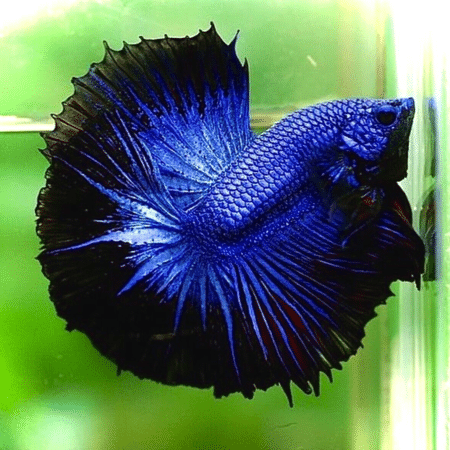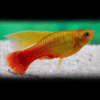-
×
Golden Eyes Vampire Crab - Geosesarma Sp. - Decapod Crustacean 3 × £8.71
-
×
-
×
-
×
-
×
-
×
-
×
-
×
Subtotal: £262.99

 Golden Eyes Vampire Crab - Geosesarma Sp. - Decapod Crustacean
Golden Eyes Vampire Crab - Geosesarma Sp. - Decapod Crustacean 
















Emily Carter (verified owner) –
I recently added 10 Golden Moon Platies to my aquarium, and I couldn’t be happier! These little beauties have brightened up my tank with their vibrant colors and playful nature. After about two weeks in my setup, they’ve acclimated beautifully and are thriving. I’ve noticed my water parameters have remained stable, which is a relief since I always stress about maintaining a healthy environment for my fish. They eat a variety of foods, but I’ve been using high-quality flakes and occasional freeze-dried bloodworms, which they devour! Compared to other platies I’ve had in the past, these ones are much more active and social, really bringing life to my aquarium. My only minor concern is that they can be a bit shy at first, but with some patience, they warmed up quickly. I highly recommend these platies for anyone looking to add some charm to their tank, whether you’re a beginner or an experienced hobbyist. Their ease of care and adaptability make them a joy to have. I will definitely be purchasing more in the future!
Emily Carter (verified owner) –
I recently added 10 Golden Moon Platies (Xiphophorus maculatus) to my community tank, and I couldn’t be happier with my purchase! These livebearer fish are not only stunning with their shimmering golden hues and unique patterns, but they also settled in beautifully within just a week.
I’ve kept various tropical fish over the years, and I can confidently say that these platies are incredibly easy to care for. They swim around playfully and have a friendly demeanor, making them perfect for a community setup. Watching them interact with my other fish has been a joy!
One minor concern was the packaging; while they arrived healthy, I noticed one platy had a slightly torn fin. However, after a week of observation, it’s healing well. I genuinely appreciate how resilient these fish are as I gave them a gentle introduction to my aquarium.
I highly recommend these platies to both beginners and seasoned hobbyists. They’re low-maintenance and bring such life and movement to any aquarium. Plus, the colors are simply captivating! I will absolutely be buying more in the future!